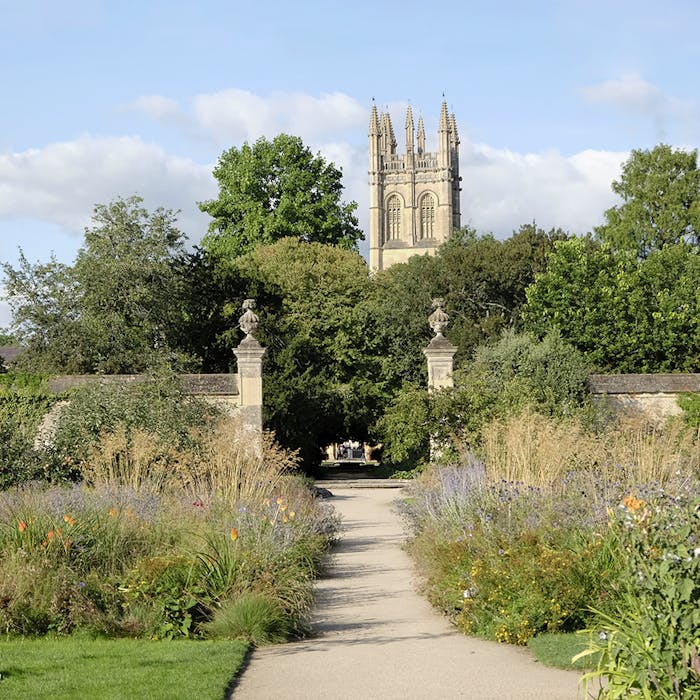
Oxford's ancient Botanic Garden - an inspiration to scientists and writers
The University of Oxford Botanic Garden is the oldest botanic garden in Great Britain and one of the oldest scientific gardens in the world. The garden was founded on July 25th 1621 as a physic garden growing plants for medicinal research.
Today the garden contains over 5,000 different plant species on 4 1⁄2 acres. It is one of the most diverse yet compact collections of plants in the world and includes representatives from over 90% of the higher plant families.
In 1621, Henry Danvers, 1st Earl of Danby, contributed £5,000 to set up a physic garden for "the glorification of the works of God and for the furtherance of learning". He chose a site on the banks of the River Cherwell at the northeast corner of Christ Church Meadow, belonging to Magdalen College. Part of the land had been a Jewish cemetery until the Jews were expelled from Oxford (and the rest of England) in 1290. Four thousand cartloads of "mucke and dunge" were needed to raise the land above the flood-plain of the River Cherwell.
These days the gardens have various sections such as a walled garden, bog garden, medicinal plants beds, rock garden and herbaceous border. There are also several glasshouses, including a lily house, carnivorous plant house, palm house and fernery.
The Botanic Garden has inspired several writers and appeared in literature. It was visited frequently in the 1860s by the Oxford mathematics professor Charles Lutwidge Dodgson (Lewis Carroll) and the Liddell children, Alice and her sisters. Like many of the places and people of Oxford, it was a source of inspiration for Carroll's stories in Alice's Adventures in Wonderland.
Another Oxford professor and author, J. R. R. Tolkien, often spent his time at the garden reposing under his favourite tree, Pinus nigra. The enormous Austrian pine was much like the Ents of his The Lord of the Rings story, the walking, talking tree-people of Middle-earth. However, the tree was removed in 2014 after two limbs fell, posing a risk for visitors.
In the Evelyn Waugh novel Brideshead Revisited, Lord Sebastian Flyte takes Charles Ryder "to see the ivy" soon after they first meet. As he says, "Oh, Charles, what a lot you have to learn! There's a beautiful arch there and more different kinds of ivy than I knew existed. I don't know where I should be without the Botanical gardens".
In Philip Pullman's trilogy of novels His Dark Materials, a bench in the back of the garden is one of the locations/objects that stand parallel in the two different worlds that the protagonists, Lyra Belacqua and Will Parry, inhabit. In the last chapter of the trilogy, both promised to sit on the bench for an hour at noon on Midsummer's day every year so that perhaps they may feel each other's presence next to one another in their own worlds.
Further reading
Links to external websites are not maintained by Bite Sized Britain. They are provided to give users access to additional information. Bite Sized Britain is not responsible for the content of these external websites.
